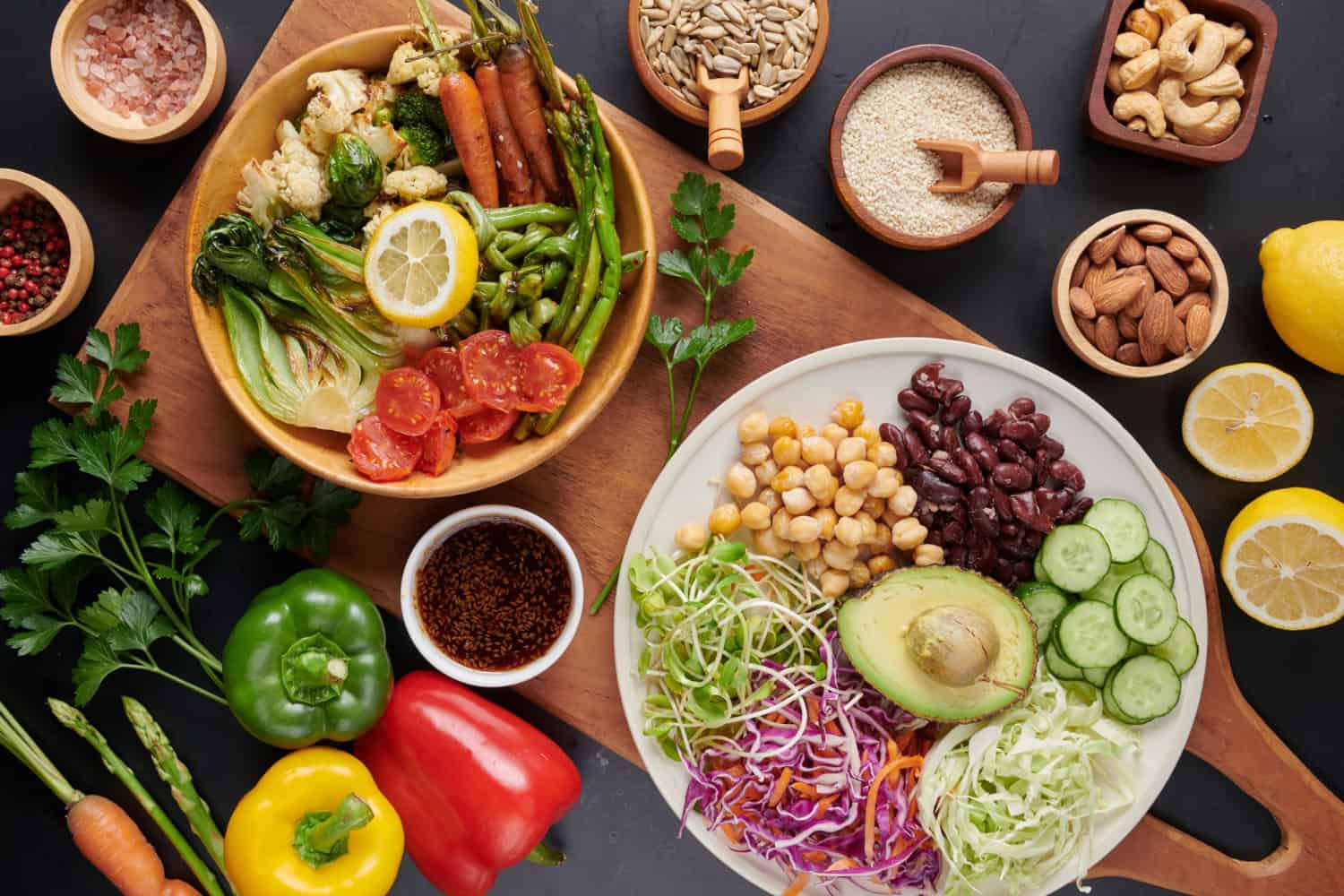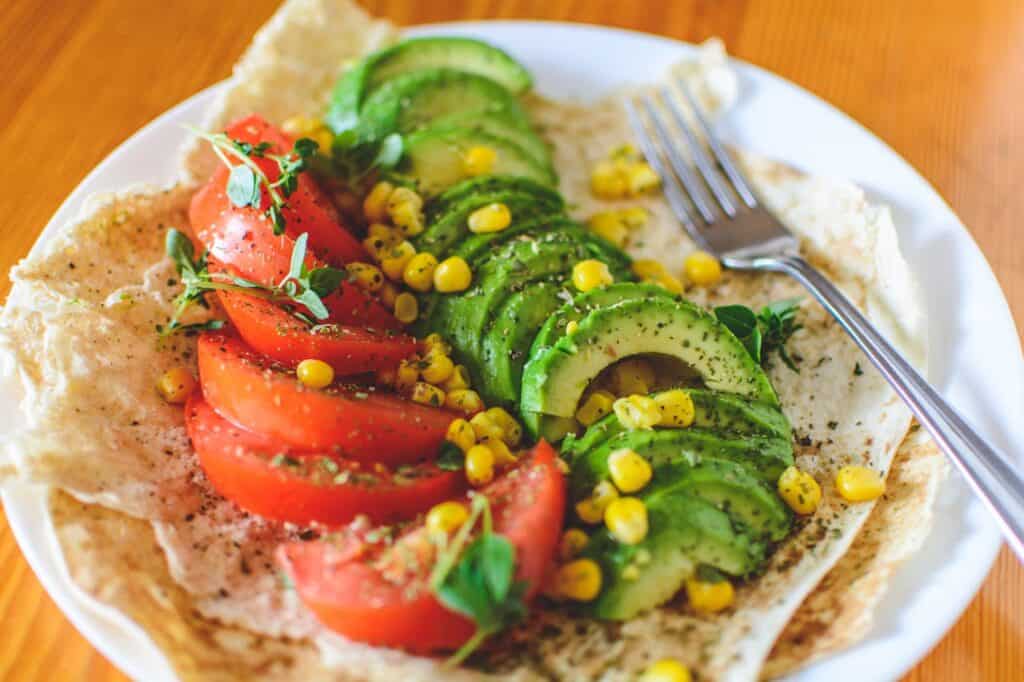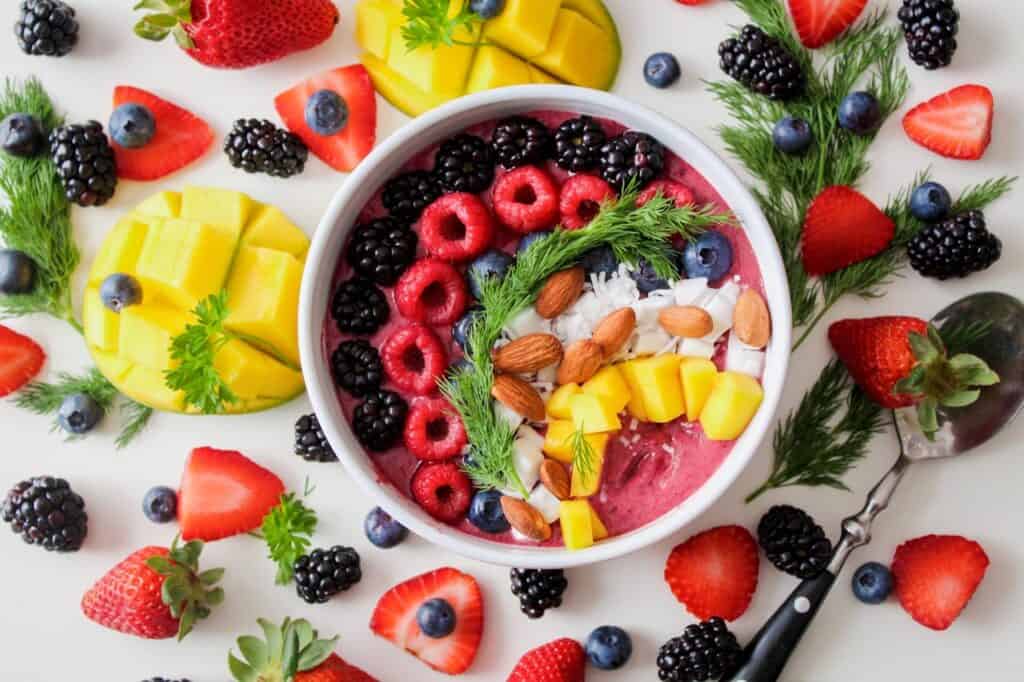
By Jermaine Thomas April 13, 2025
Catering professionals are now more concerned with inclusivity than just flavor in today’s varied culinary environment. Due to personal preferences, health issues, allergies, or ethical considerations, an increasing number of guests have particular dietary requirements. Providing menus that are safe, fulfilling, and inclusive of all guests is a challenge for hosts and caterers. This is where vegan event menus, gluten-free meals, and allergy-free catering are useful. Creating such menus may appear difficult at first, but it is completely doable; and welcomed by guests; with careful preparation and the appropriate strategy.
Why Inclusive Menus Matter More Than Ever
It’s not just about following trends; dietary inclusivity is about respect, health, and creating a welcoming environment. Whether someone chooses a plant-based lifestyle, lives with celiac disease, or suffers from a nut allergy, their experience at an event should be just as enjoyable and worry-free as anyone else’s. When you plan a menu with everyone in mind, you don’t just serve food; you offer peace of mind. More importantly, you show that your brand, service, or event truly values every guest. Catering companies that embrace allergen-free catering as a standard, rather than an exception, position themselves as thoughtful, modern, and in touch with today’s diverse audience.
Understanding Common Dietary Restrictions
Before crafting your menu, it’s essential to understand the most common dietary needs you may encounter:
Vegan: A vegan diet excludes all animal products; meat, dairy, eggs, and even honey. A solid vegan event menu doesn’t just leave meat off the plate; it celebrates plant-based ingredients in creative ways.
Gluten-Free: Gluten is a protein found in wheat, barley, and rye. Individuals with celiac disease or gluten sensitivity must avoid it entirely. Safe gluten-free meals require special attention to ingredients and cross-contamination.
Nut-Free: Nut allergies can be life-threatening. Nut-free catering must ensure that not only are no nuts present, but that ingredients haven’t been processed in facilities that handle them.
Other common dietary needs include dairy-free, soy-free, low FODMAP, kosher, and halal. But vegan, gluten-free, and nut-free are among the most frequently requested; and most essential to get right when aiming for allergen-free catering success.

Step 1: Communicate with Clients and Guests
Clear communication is the first step in creating an inclusive menu. Find out from your clients up front if any guests have special dietary requirements. Incorporate a section for dietary preferences on RSVP cards or registration forms and urge them to collect this information in advance. You have more time to plan, prepare, and create safe and satisfying dishes when there is open communication. Additionally, it provides guests with the assurance to attend without concern, particularly in cases where nut-free or gluten-free dishes are medically necessary.
If you’re running a buffet or food station, consider labeling all dishes clearly and listing potential allergens. When possible, make staff available to answer questions about ingredients.
Step 2: Design the Menu Around Inclusion, Not Exceptions
One of the best ways to approach inclusive catering is to make your base menu suitable for all guests, rather than creating separate plates for those with dietary needs. This approach makes everyone feel included, simplifies kitchen logistics, and reinforces your commitment to allergen-free catering.
For example, instead of offering a traditional pasta dish with a gluten-free substitute on the side, why not serve a naturally gluten-free meal like a rice-based risotto or a polenta-based dish? Similarly, plant-based proteins like lentils, chickpeas, and tofu can be just as hearty and flavorful as meat. When your main dishes are naturally vegan or nut-free, you reduce the risk of exclusion, minimize kitchen confusion, and highlight ingredients in their purest form.
Step 3: Choose Whole, Clean Ingredients
Whole foods; vegetables, grains, legumes, fruits, herbs, and oils; are naturally free of most allergens. These make excellent bases for inclusive menus and often align perfectly with vegan event menu planning. Think roasted vegetable platters with olive oil and sea salt, quinoa salads with herbs and citrus, or lentil-based soups with fresh seasonal produce. These dishes can be naturally gluten-free and nut-free while offering satisfying textures and bold flavors. Avoid overly processed foods, which often contain hidden allergens like gluten or dairy. If you must use packaged items, check labels thoroughly and choose certified allergen-free brands.
Step 4: Avoid Cross-Contamination in the Kitchen
The first step is creating a stunning catering menu free of allergens. Safe preparation is just as important. For guests who are sensitive, even minute amounts of allergens can result in severe reactions, particularly when it comes to gluten or nuts. Train your employees the best ways to prevent cross-contact. This involves keeping allergen-free products in different storage containers, cutting boards, cookware, and utensils. High-risk allergens should ideally have their own prep areas. Be open and honest with customers if your kitchen is unable to provide an allergen-free environment. In many cases, guests just want to know the risks so they can make an informed decision.
Step 5: Make Substitutions that Don’t Sacrifice Flavor
Great inclusive food doesn’t feel like a compromise. With the right substitutions, you can design a vegan event menu or a gluten-free meal that’s just as indulgent and exciting as any traditional dish. Dairy-free cheese made from cashews or coconut can be rich and flavorful. Gluten-free flours like almond, rice, or chickpea can create pastries and bread that rival their wheat-based counterparts. And plant-based proteins like seitan, tofu, jackfruit, and tempeh can mimic the texture and savoriness of meat.
Try reimagining classics with inclusive ingredients. For example:
- Replace cream-based sauces with puréed cauliflower or soaked cashews.
- Use rice paper instead of egg rolls for wrappers.
- Swap nut-based pesto for sunflower seed pesto.
Your creativity is the key to elevating inclusive dishes from adequate to unforgettable.
Step 6: Offer Variety Without Overcomplicating the Menu
Balance is essential when creating menus for events. You don’t need dozens of options, even though you want to have something for everyone. Instead, focus on a small number of well-chosen foods that satisfy different dietary requirements. To promote inclusivity, a single salad consisting of roasted sweet potatoes, kale, and tahini dressing could be vegan, gluten-free, and nut-free. Similar objectives could be achieved with a rice noodle stir-fry with vegetables, tofu, and tamari.
By building each dish with broad appeal in mind, you can minimize the need for substitutions or extra menu planning while still delivering a memorable, inclusive experience. This is the essence of smart allergen-free catering.
Step 7: Don’t Forget About Dessert
Desserts are often an afterthought in inclusive catering; but they shouldn’t be. In fact, dessert is where many guests with dietary restrictions feel left out. With a little planning, you can make sure they’re sweetly included too. Fruit-based dishes, like berry compotes or coconut chia puddings, often work well for vegan event menus and those needing gluten-free meals. Baked goods using almond flour or oat flour can provide a nutty (or nut-free!) richness without gluten. There are now excellent dairy-free, egg-free, and gluten-free dessert recipes that rival traditional versions. Offering one or two allergen-friendly desserts ensures everyone leaves your event with a smile.
Step 8: Label Clearly and Educate Your Staff
Ensure that each guest is aware of the contents of the dishes when they are prepared for serving. With the aid of allergen tags and clear signage, diners can make informed decisions without feeling confused or uncomfortable. Servers who serve plated food should be knowledgeable about the ingredients and have the confidence to speak. If it’s a buffet, use icons or brief descriptions to identify each dish, like “Vegan,” “GF,” or “Nut-Free.” Your dedication to allergen-free catering best practices is reinforced by this small action, which has a significant impact on guests with dietary restrictions or allergies.
Step 9: Partner with Local, Inclusive Vendors
If you’re outsourcing part of your event menu; such as desserts, breads, or snacks; choose partners who specialize in inclusive options. Local bakeries that focus on gluten-free meals or vegan treats are often ahead of the curve in terms of both safety and innovation. Ask about their preparation practices, ingredients, and allergen protocols. When done right, vendor collaboration can strengthen your menu offerings and expand your reach. Supporting these businesses also reinforces your reputation as a thoughtful caterer who understands the value of inclusive food experiences.

Step 10: Gather Feedback and Keep Improving
After every event, check in with clients and guests. Ask what worked, what didn’t, and where there’s room for improvement. This feedback loop helps refine your menu planning, identify ingredient issues, and elevate your next event. The world of dietary needs is always evolving. New products enter the market, new allergens are identified, and guests become more informed. Stay engaged with your community, follow industry news, and experiment regularly with new inclusive recipes. By actively improving your vegan event menu and gluten-free meals, you stay ahead of the curve; and show guests that inclusion isn’t a checkbox, it’s part of your brand identity.
Conclusion
One of the most effective ways we can bond with one another is through food. And it turns into something genuinely unique when everyone shares that experience, regardless of dietary requirements. Creating menus that appeal to all requires planning, imagination, and a thorough knowledge of the ingredients. However, the outcome is worthwhile: a cozy, inviting table where each visitor feels seen, appreciated, and satisfied. The objective is always the same, whether you’re providing gluten-free, safe food for a birthday party, creating a vegan event menu for a business gathering, or providing allergy-free catering for a wedding: a happy, inclusive celebration. Delicious food invites rather than excludes. Make sure that belief is reflected in your upcoming menu.